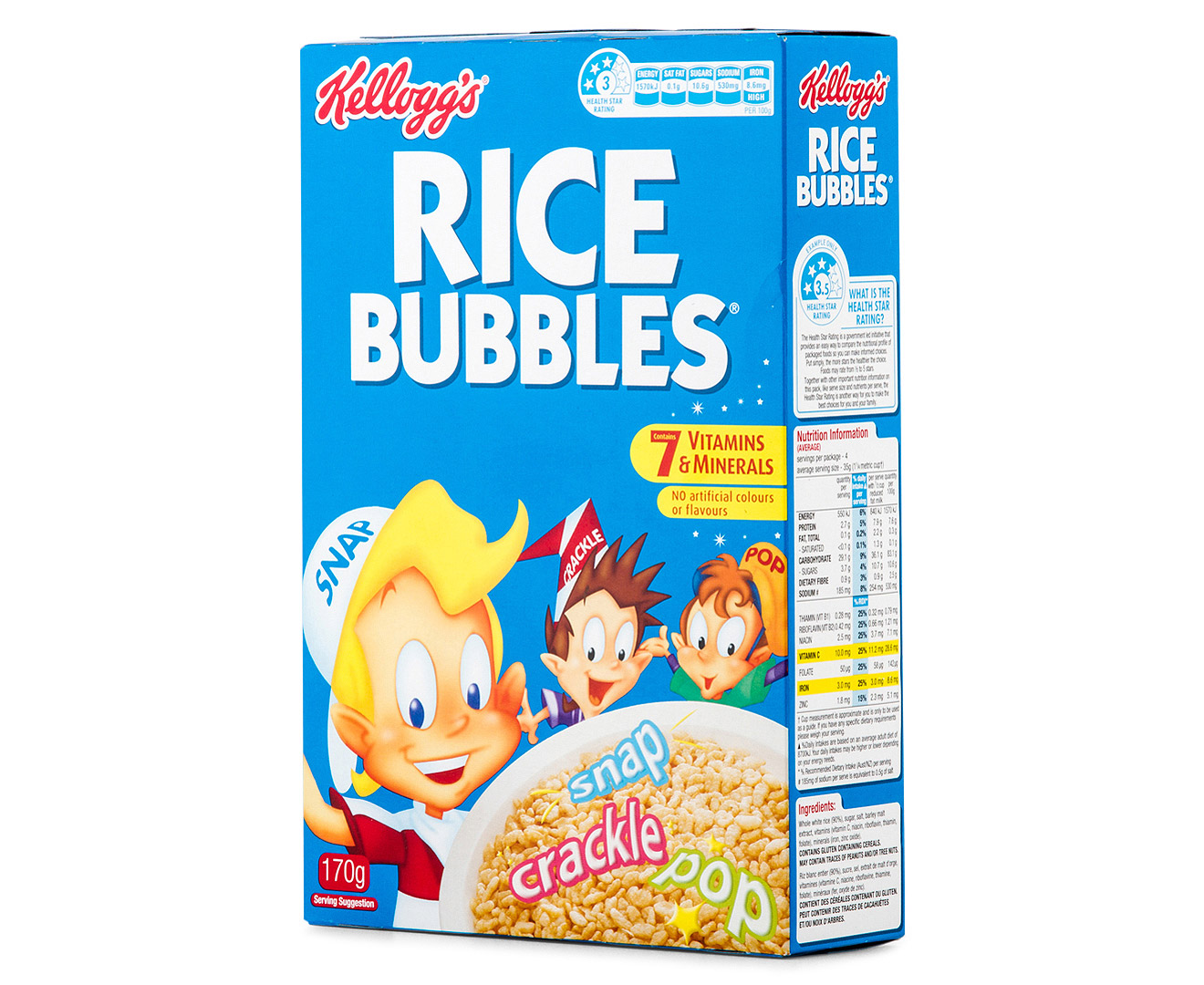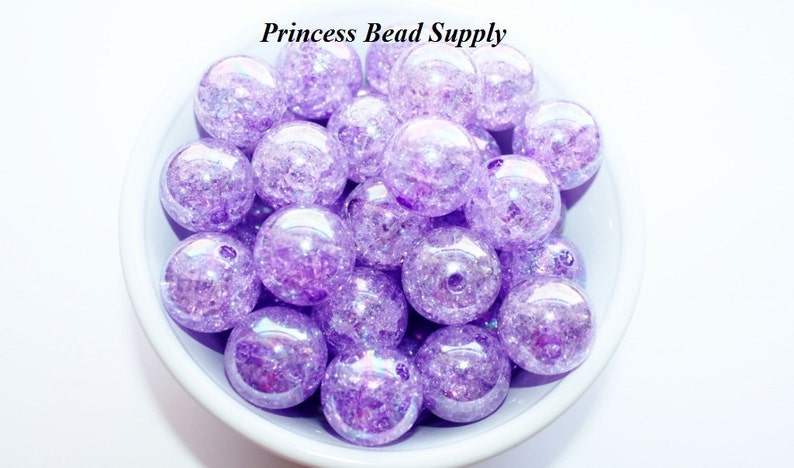

^ "The Household Column", The Manchester Times, 11 March 1882, p.

^ "Australian Meat", Blackburn Standard, 20 March 1872, p.^ "Present Week", The Diary, or Woodfall's Register, 28 February 1791, p.^ "To the Printer of the Public Advertiser", The Public Advertiser, 9 February 1764, p.^ "Bill of Fare of a West-India Dinner", The St James's Chronicle, 16–18 September 1762, p.

(Subscription or participating institution membership required.) The term has been borrowed by authors of children's books as names for a pair of puppies and (by two different authors) pairs of mice. In cockney rhyming slang the phrase was formerly used for "beak" (magistrate) and more recently "Bubble" has been used for "Greek". Lawrence, "I can make the most lovely bubble and squeak of a life for myself". the restless Bubble and Squeak of his Vanity and Discontent", and from D. The OED gives examples from the 18th to the 21st centuries, including, from Coleridge, ". In 1825 a reviewer in The Morning Post dismissed a new opera at Covent Garden as "a sort of bubble and squeak mixture of English and Italian". Something resembling or suggestive of bubble and squeak, especially in consisting of a variety of elements". The OED gives a secondary definition of "bubble and squeak": "figurative and in figurative contexts.

The first method is suggested by Delia Smith, Hix and Slater Rhodes finds both methods satisfactory Dickson Wright, Oliver and Jeff Smith favour the whole-pan method. The mixture is then shallow fried, either shaped into round cakes or as a single panful, tortilla-style, and then sliced. Nigel Slater, in a 2013 recipe using Christmas leftovers, adds chopped goose, ham and pumpkin to the mixture. Jamie Oliver (2007) adds chestnuts and "whatever veg you like – carrots, Brussels, swedes, turnips, onions, leeks or Savoy cabbage". Mark Hix (2005) adds cooked and chopped leeks and swede to the mix. Jeff Smith (1987) adds grated courgettes and chopped ham and bacon. He comments that although the basic ingredients of bubble and squeak and colcannon are similar, the two are very different dishes, the former being traditionally made from left-overs and fried to give a brown crust, and the latter "a completely separate dish of potato, spring onion and cabbage, served almost as creamed potatoes". Gary Rhodes favours sliced brussels sprouts, rather than cabbage, with gently cooked sliced onions and mashed potato, fried in butter. įiona Beckett (2008), like Smith and Dickson Wright, stipulates no ingredients other than potato and cabbage, īut there are many published variants of the basic recipe. Several other cooks find oil or butter satisfactory. Like Smith, Dickson Wright specifies dripping (or lard) for frying, finding vegetable oil unsuitable for frying bubble and squeak, because the mixture will not brown adequately. Clarissa Dickson Wright's 1996 version consists of crushed cooked potatoes, finely chopped raw onion, and cooked cabbage (or brussels sprouts), seasoned with salt and pepper, mixed together and shallow-fried until browned on the exterior. Those are the only two ingredients in Delia Smith's 1987 recipe. Possibly because of the scarcity of beef during food rationing in and after the Second World War, by the latter half of the 20th century the basic ingredients were widely considered to be cooked and mashed (or coarsely crushed) potato and chopped cooked cabbage.


 0 kommentar(er)
0 kommentar(er)
